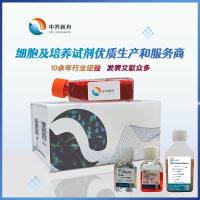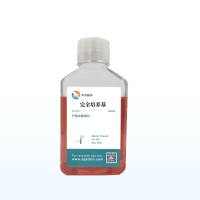Solution Fluorometric Method for Deoxynivalenol in Grains
互联网
403
Deoxynivalenol (3, 7, 15-trihydroxy-12, 13-epoxytrichothec-9-en-8-one, DON, Vomitoxin) (see
Fig. 1
) is a member of the toxic group of fungal metabolites known as trichothecenes. DON is most commonly produced by Fusarium graminearum
(teleomorph = Giberella zeae)
(1
) which is the fungal species causing Fusarium
head blight disease (scab) in wheat and pink ear rot in corn. Fusarium culmorum
also produces this toxic metabolite (2
). DON was first isolated in Japan (3
) from barley infected with Fusarium
spp. and in the United States from corn infected with Fusarium
(4
) in northwestern Ohio. Although DON is not as toxic as other trichothecene mycotoxins, it is one of the most common mycotoxin
contaminants of grains worldwide (5
). DON contaminated grains, usually wheat, corn, barley, oats, and rye have been reported to cause emesis, feed refusal, and
growth depression in animals, especially dogs and swine, consuming the feed, “gushing” in beer made from contaminated malt,
and poor baking performance of wheat flour. DON is very stable in commodities during storage and processing and therefore
can occur in foods prepared from contaminated grain (6
).
Fig. 1.
Structure of Deoxynivalenol (DON, Vomitoxin).








